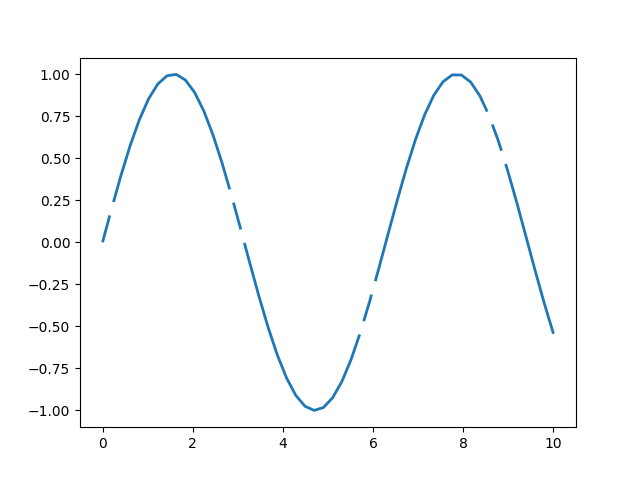In this tutorial, we will explore Literate Programming in Emacs, showcasing various Hello World examples. For more insights on literate programming, refer to here and draw inspiration from here.
Download org file from this tutorial
Setting up Emacs
- Clone the Spacemacs repository:
1git clone https://github.com/syl20bnr/spacemacs ~/.emacs.d - Clone example dotfiles:
1cd $HOME && git clone https://github.com/imago/dotfiles.git dotfiles && cp dotfiles/.spacemacs .
Setting up Python dependencies
Install python libraries in a virtual environment. Start emacs from this environment to provide python dependencies.
1 2 3python -m venv venv source venv/bin/activate pip install matplotlib R numpyWe assume GNU R is installed on machine, otherwise
| |
Hello world example in org mode
| |
Results:
Hello, World!
Explanation: The code block above prints “Hello, World!” to the output.
Finding JPG files using shell command
| |
Results:
| ./jsMath/test/jsMath40.jpg |
| ./literate_prog_emacs/venv/lib/python3.13/site-packages/matplotlib/mpl-data/sample_data/grace_hopper.jpg |
Explanation: The shell script above finds all the JPG files in the current directory and its subdirectories.
Building Dockerfile using shell commands
| |
Results:
docker build -t my-ubuntu .
Explanation: The shell script above demonstrates building a Dockerfile for an Ubuntu base image. Here, the command docker build is not really executed :)
Setting variables in Emacs Lisp
| |
Results:
my_name
: Alicia
| |
Results:
my_age
: 30
Using variables in a Python code block
| |
Results:
Hello, my name is Alicia and I am 30 years old.
Explanation: The Python block above uses variables to greet the user with their name and age using variables from previous lisp code blocks.
Extracting and processing properties in Emacs Lisp and Python
Properties:
:PROPERTIES:
:foo: 10011
:bar: 32
:barz: 123
:END:
Explanation:
The section above contains properties such as foo, bar, and barz.
| |
Results:
| CATEGORY : test | BARZ : 123 | BAR : 32 | FOO : 10011 | BLOCKED : | FILE : /Users/imago/workspace/test.org | PRIORITY : B | ITEM : Ein Abschnitt mit einer Property |
Explanation: The above block extracts and converts properties into a dictionary format for Python.
| |
Results:
Properties as a dictionary:
CATEGORY: test
BARZ: 123
BAR: 32
FOO: 10011
BLOCKED:
FILE: /Users/imago/workspace/test.org
PRIORITY: B
ITEM: Ein Abschnitt mit einer Property
Best practice for configuration in Python
| |
Results:
{"variable1": "ValueA", "variable2": "ValueB"}
| |
Results:
variable1: ValueA
variable2: ValueB
Explanation: The blocks above show how to define and process configuration settings using JSON in Python.
More advanced examples
This is an example of inline code blocks.
The result is (/ 100.0 pi arg).
| |
| |
The truth is print wahrheit.
| |
The truth is a number, and its value is call____DieGanzeWahrheit().
Here call_ AND the method need to be invoked.
| |
| |
| |

R-Plot mit org-Mode
| |
RESULTS:
